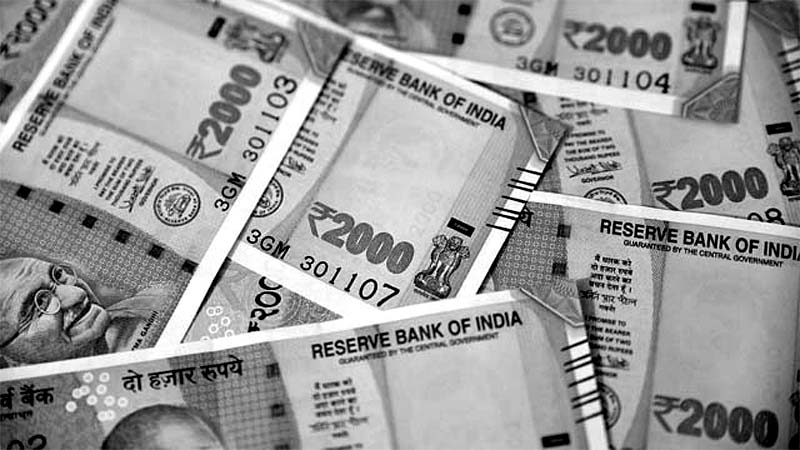A recent conversation about poverty in America sparked a candid discussion about its existence and magnitude. While acknowledging that poverty in America may differ from that in India, the author emphasized that it remains a longstanding issue. With approximately 37.9 million people living in poverty, accounting for 12 percent of the population, the statistics reveal a significant concern. Despite a decline in poverty rates over the years, it has become a chronic problem for some, hindering the realization of the American Dream.
Poverty in America: A Lingering Challenge
The author highlighted that poverty rates in the United States were alarmingly high in the past. In 1970, an astounding 62 percent of the population lived in poverty. Although the current poverty rate has decreased, it continues to afflict a significant portion of the population, becoming a chronic condition for many. Within the poverty-stricken population, 48 percent earn an annual income of $13,590 or less, classified as “very poor” or living in extreme poverty.
Challenges Faced by Various Demographics
The conversation delved into specific demographics affected by poverty. Data indicated that an estimated 12.9 percent of women and 10.6 percent of men in the United States live below the poverty line. Moreover, 16.2 percent of children, 9.7 percent of senior citizens, and 14 percent of adults fell below the poverty line in 2018 and during the COVID-19 pandemic. Additionally, food insecurity affected 56 percent of American households in 2018. The classification of poverty also varies among different groups, such as female-headed households without a husband (24.3 percent), unemployed youth with a high school diploma (23.7 percent), families with limited employment opportunities for older members (26.4 percent), and minority communities (18.8 percent).
Examining Poverty and GDP Disparity
The conversation then turned to the perplexing relationship between high GDP and prevalent poverty in America. Citing Matthew Desmond, a Pulitzer Prize-winning author, the author highlighted the intense class struggle in America. The economic system disproportionately benefits the wealthy, with the rich accumulating wealth while the poor struggle to escape poverty. Tax cuts, debt relief, and other economic policies predominantly favor the wealthy, perpetuating income inequality. Desmond noted that the structure of the American economy primarily benefits corporations and the affluent, leaving little room for the welfare of the poor. This unequal distribution of resources hampers poverty alleviation efforts.
A Comparative Glance at India’s Poverty Scenario
Shifting the focus to India, the conversation acknowledged the complexities of poverty in the country. According to a 2021 report by NITI Aayog, 25.01 percent of the Indian population faces multidimensional poverty. While progress has been made, with 400 million individuals lifted above the poverty line between 2005-06 and 2019-20, the fact that a quarter of the population still lives in poverty is concerning. Rural areas, in particular, face a higher poverty rate of 32.75 percent. The conversation speculated that some Indians may have developed an emotional attachment to poverty, possibly influenced by cultural and socio-political factors.
Conclusion
The conversation shed light on the persistent challenges posed by poverty in both America and India. Despite progress in poverty reduction efforts, significant portions of the population continue to struggle. The conversation concluded with a reflection on the need for inclusive economic systems that prioritize the welfare of all citizens. Only through concerted efforts, focused policies, and equitable distribution of resources can societies effectively address and overcome the burden of poverty, ultimately fostering a more just and prosperous future for all.

